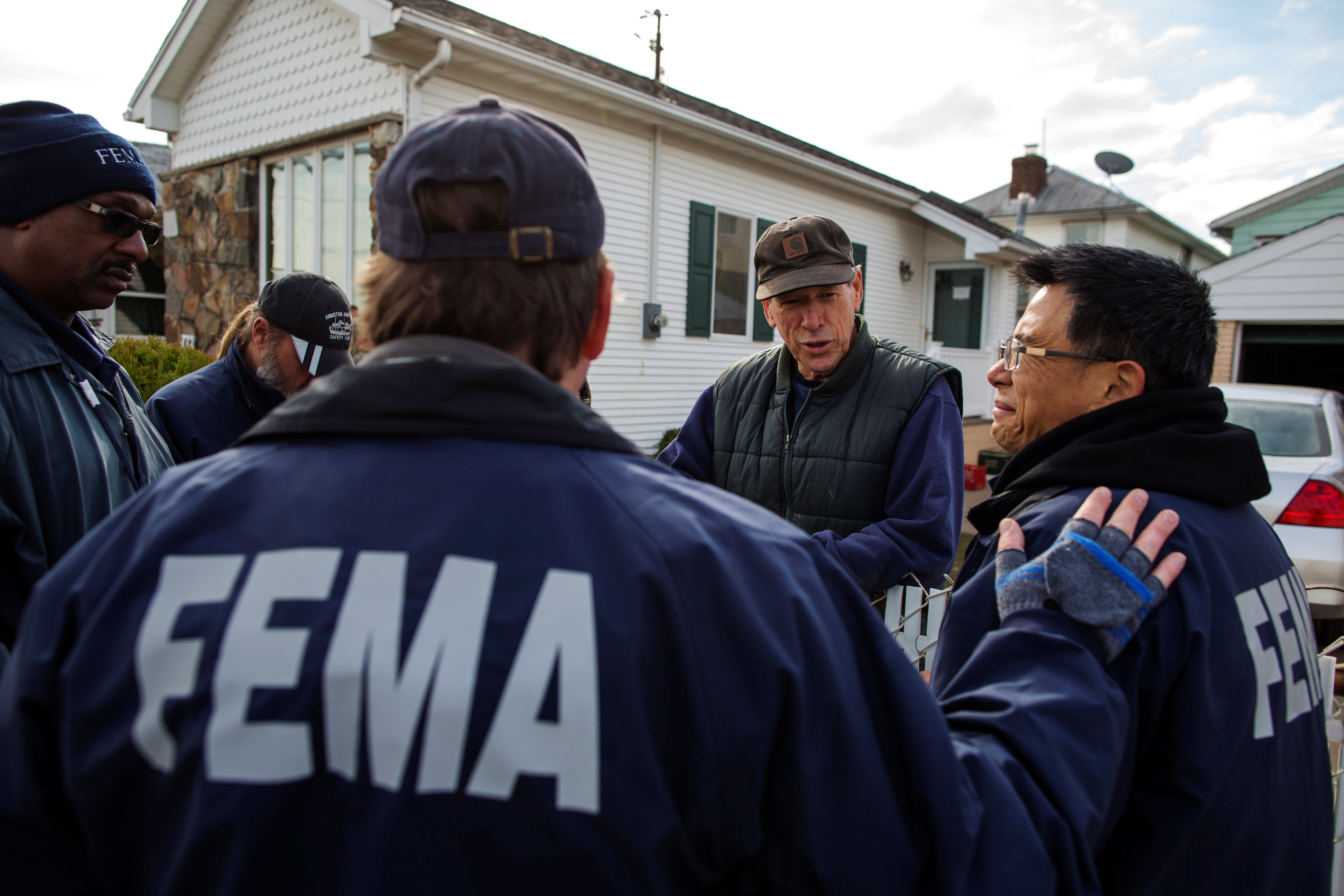
By Jarrett Renshaw
WASHINGTON (Reuters) – President Joe Biden flew to Kentucky on Wednesday to survey the areas hardest hit by one of the deadliest tornado outbreaks in recent U.S. history, a system that killed at least 74 people in the state and at least 14 elsewhere.
Biden, no stranger to tragic personal losses, will reprise his familiar role as consoler in chief, while promising to bring the might of the federal government to rebuild devastated communities that suffered billions of dollars in damage.
Kentucky Governor Andy Beshear offered a grim update on Tuesday, saying the dead included a dozen children, the youngest of whom was a 2-month-old infant. He added that he expected the death toll to rise in the coming days, with more than 100 still missing.
Biden will visit the Army installation at Fort Campbell, Kentucky, for a briefing on the storm before continuing on to Mayfield and Dawson Springs, two towns separated by roughly 70 miles (112 km) that were largely flattened by the twisters.
The president will be “surveying storm damage firsthand, (and) making sure that we’re doing everything to deliver assistance as quickly as possible in impacted areas to support recovery efforts,” White House spokesperson Jen Psaki said on Tuesday.
The Federal Emergency Management Agency (FEMA) has sent search-and-rescue and emergency response teams to Kentucky, along with teams to help survivors register for assistance, Psaki said.
FEMA has also sent dozens of generators into the state, along with 135,000 gallons (511,000 litres) of water, 74,000 meals and thousands of cots, blankets, infant toddler kits and pandemic shelter kits.
Biden has approved federal disaster declarations for Kentucky and the neighboring states of Tennessee and Illinois, offering residents and local officials increased federal aid.
Credit ratings agency DBRS Morningstar said the tornadoes were likely the most severe in the United States since 2011. Insurers are sufficiently prepared to cover claims without significant capital impact, it said in a report.
The trip marks one of the few that Biden, a Democrat, has taken to areas that tilt heavily toward the Republican Party, many of whose voters and leaders have embraced Donald Trump’s fraudulent claims that he won the 2020 election. The White House has been careful not to bring politics into the disaster relief efforts, including not focusing on what role, if any, climate change may have played in the tragic events.
“He looks at them as human beings, not as people who have partisan affiliations,” Psaki said. “And in his heart, he has empathy for everything that they’re going through.”
“The message he will send to them directly and clearly tomorrow is: ‘We’re here to help, we want to rebuild, we are going to stand by your side and we’re going to help your leaders do exactly that,'” she added.
Biden lost his first wife and daughter in a 1972 car crash, and his older son, Beau, died in 2015 after a fight with brain cancer.
(Reporting by Jarrett Renshaw, additional reporting by Rod Nickel; Editing by Tim Ahmann, Heather Timmons, Peter Cooney and Jonathan Oatis)












